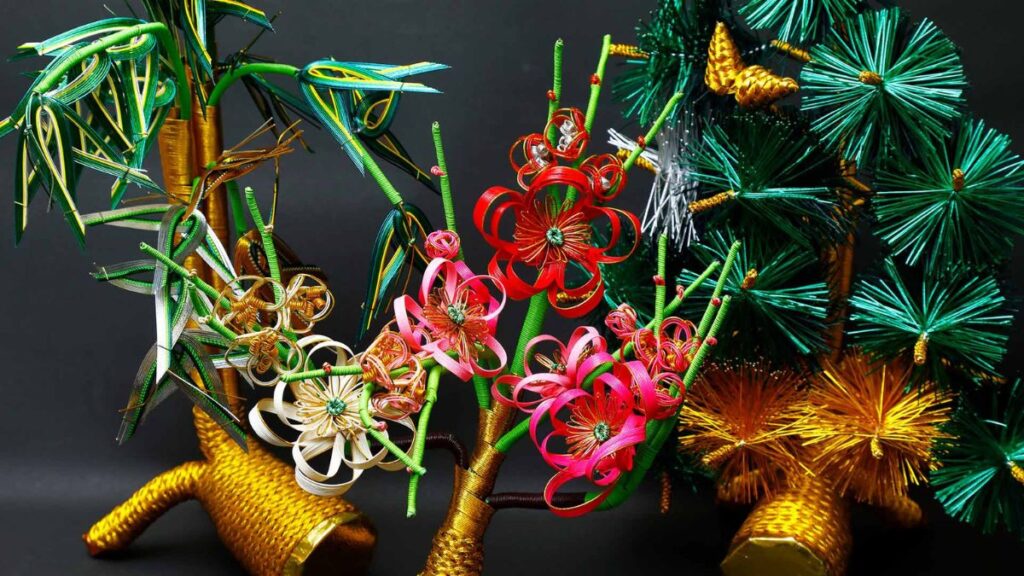Step into a world where tradition dances with creativity. Welcome to the realm of miiyazuko, an art form that transcends time and captivates the soul. Originating from rich cultural roots, miiyazuko is more than just craftsmanship; it’s a story woven through generations. Each piece embodies beauty and history, inviting you to explore its significance in our modern lives. Whether you’re an art enthusiast or someone looking to enrich your space, this journey into miiyazuko promises inspiration at every turn. Let’s uncover what makes this exquisite craft so timeless and relevant today!
The History and Evolution of Miiyazuko
Miiyazuko has deep roots in Japanese culture, tracing back centuries. Originally a functional craft, it emerged from the need to create durable and beautiful objects for daily use.
Over time, artisans began infusing their creations with personal expression. As techniques evolved, so did the aesthetics of miiyazuko. What started as practical items transformed into intricate works of art.
The influence of various historical periods shaped this craft significantly. The Edo period saw a rise in popularity, leading to workshops dedicated solely to refining these techniques.
As trade routes expanded, ideas and materials were shared across regions. This exchange led to innovative approaches and diverse styles within miiyazuko itself.
Through its journey, miiyazuko maintained its core essence: blending beauty with utility while celebrating cultural heritage. Each piece tells a story steeped in tradition and craftsmanship that continues to inspire new generations today.
Techniques and Materials Used in Miiyazuko
Miiyazuko is an intricate craft that combines skill and tradition. Artisans employ a variety of techniques, each contributing to the piece’s unique character.
One common method is hand-painting with natural pigments derived from minerals, plants, or even insects. This practice not only enhances aesthetics but also connects the artwork to its environmental roots.
Another essential technique involves layering glazes. This adds depth and complexity to colors while creating stunning textures on the surface.
When it comes to materials, ceramics are predominant in Miiyazuko creations. The clay used often has specific properties that enhance durability and appearance.
Wood is another favored medium, particularly for furniture pieces adorned with Miiyazuko designs. Its warmth complements the delicate artistry beautifully.
Each element plays a vital role in crafting pieces that resonate with both history and culture. The combination of these techniques ensures every item tells a story through its design.
The Cultural Significance of Miiyazuko
Miiyazuko holds a profound place in the cultural landscape of Japan. It embodies not just artistry but also history and tradition. Each piece tells a story, reflecting the values and aesthetics of generations past.
The craftsmanship involved is deeply rooted in community practices. Artisans often pass down techniques through families, ensuring that each creation carries with it a lineage of skill and dedication. This connection to heritage fosters pride among craftspeople.
Furthermore, Miiyazuko serves as a bridge between nature and human expression. The materials used—often sourced from local environments—highlight an appreciation for natural beauty. This relationship emphasizes sustainability and respect for the earth.
In festivals and ceremonies, Miiyazuko pieces are celebrated as symbols of prosperity and harmony. They play critical roles in rituals that bind people together, reinforcing social ties within communities while honoring ancestral legacies through artful elegance.
Contemporary Applications of Miiyazuko
Today, miiyazuko finds its place in modern design, bridging the gap between tradition and contemporary aesthetics. Artists and designers are redefining this ancient craft, infusing it into various aspects of life.
In interior decor, you’ll see miiyazuko-inspired pieces that balance beauty with functionality. From intricately designed tableware to stunning wall art, each item tells a story while enhancing the ambiance of any space.
Fashion has also embraced miiyazuko techniques. Clothing adorned with these traditional motifs captures attention on runways worldwide. The blend of age-old craftsmanship with modern styles creates unique expressions that resonate across cultures.
Moreover, eco-conscious brands use sustainable materials for their miiyazuko creations. This commitment not only honors tradition but also promotes responsible consumption in today’s fast-paced world.
Through workshops and online platforms, artisans share their skills globally. This accessibility encourages a renewed appreciation for this exquisite art form among diverse audiences.
How to Incorporate Miiyazuko into Your Home Decor
Incorporating miiyazuko into your home decor can transform your space with unique charm. Start by choosing key pieces like bowls or vases that showcase the intricate designs typical of this art form.
Consider a statement wall adorned with miiyazuko plates, creating an eye-catching gallery effect. The vibrant colors and patterns will draw attention while adding depth to any room.
Mix and match smaller items, such as coasters or decorative tiles, on coffee tables or bookshelves. This subtle integration allows you to enjoy the beauty of miiyazuko without overwhelming your existing decor.
Another idea is using textiles inspired by miiyazuko designs for cushions or throws. These elements add comfort while echoing traditional craftsmanship in a modern way.
Think about incorporating natural materials alongside your miiyazuko pieces. Wood and stone can enhance their artistic appeal and create a harmonious atmosphere throughout your home.
Conclusion: Appreciating the Timeless Beauty of Miiyazuko
The beauty of miiyazuko transcends mere aesthetics. It is a celebration of tradition, craftsmanship, and cultural identity. Each piece tells a story, connecting us to the rich heritage of its origins while also embracing modern influences.
Incorporating miiyazuko into your life invites a sense of tranquility and elegance that can transform any space. Whether displayed prominently in your home or cherished as part of a collection, these artisanal creations serve as reminders of the artistry behind them.
As we appreciate miiyazuko, we’re reminded that true beauty often lies in the details—the meticulous techniques and natural materials that bring each creation to life. Embracing this art form allows us not only to enhance our surroundings but also to honor its historical significance and the skilled artisans who keep it alive today.
With every piece crafted with care, miiyazuko continues to inspire those who seek authentic beauty rooted deeply in culture—a timeless testament to both tradition and innovation.






